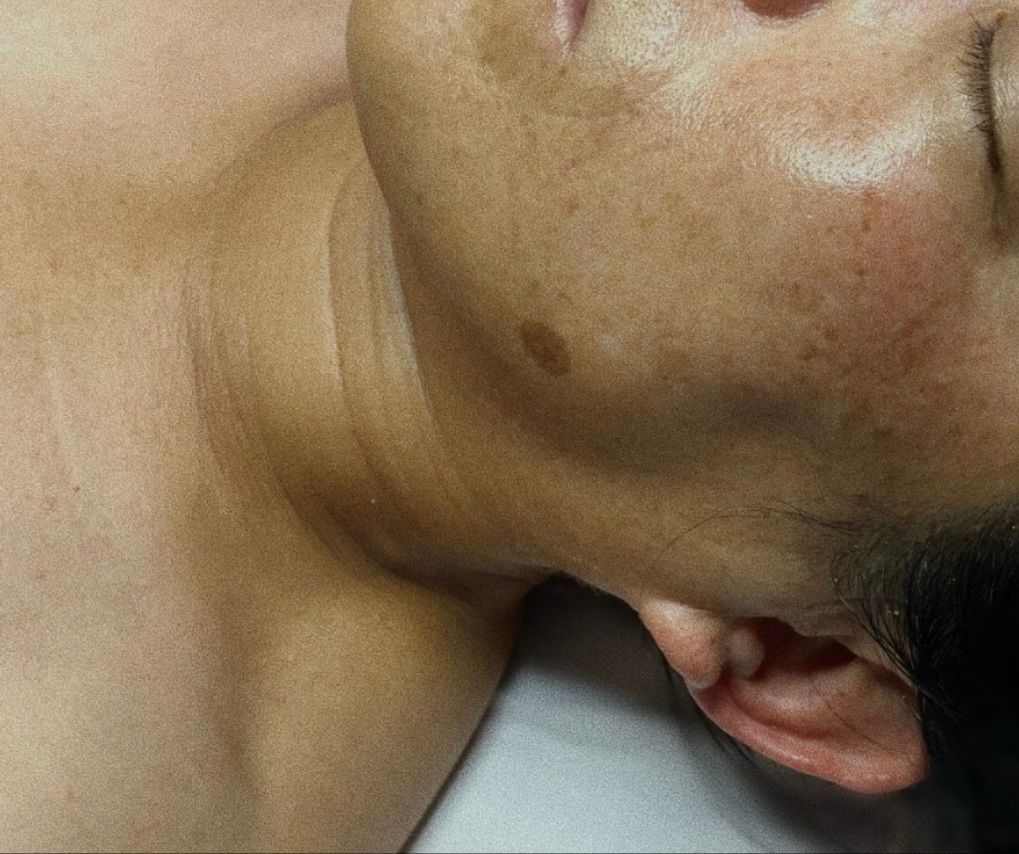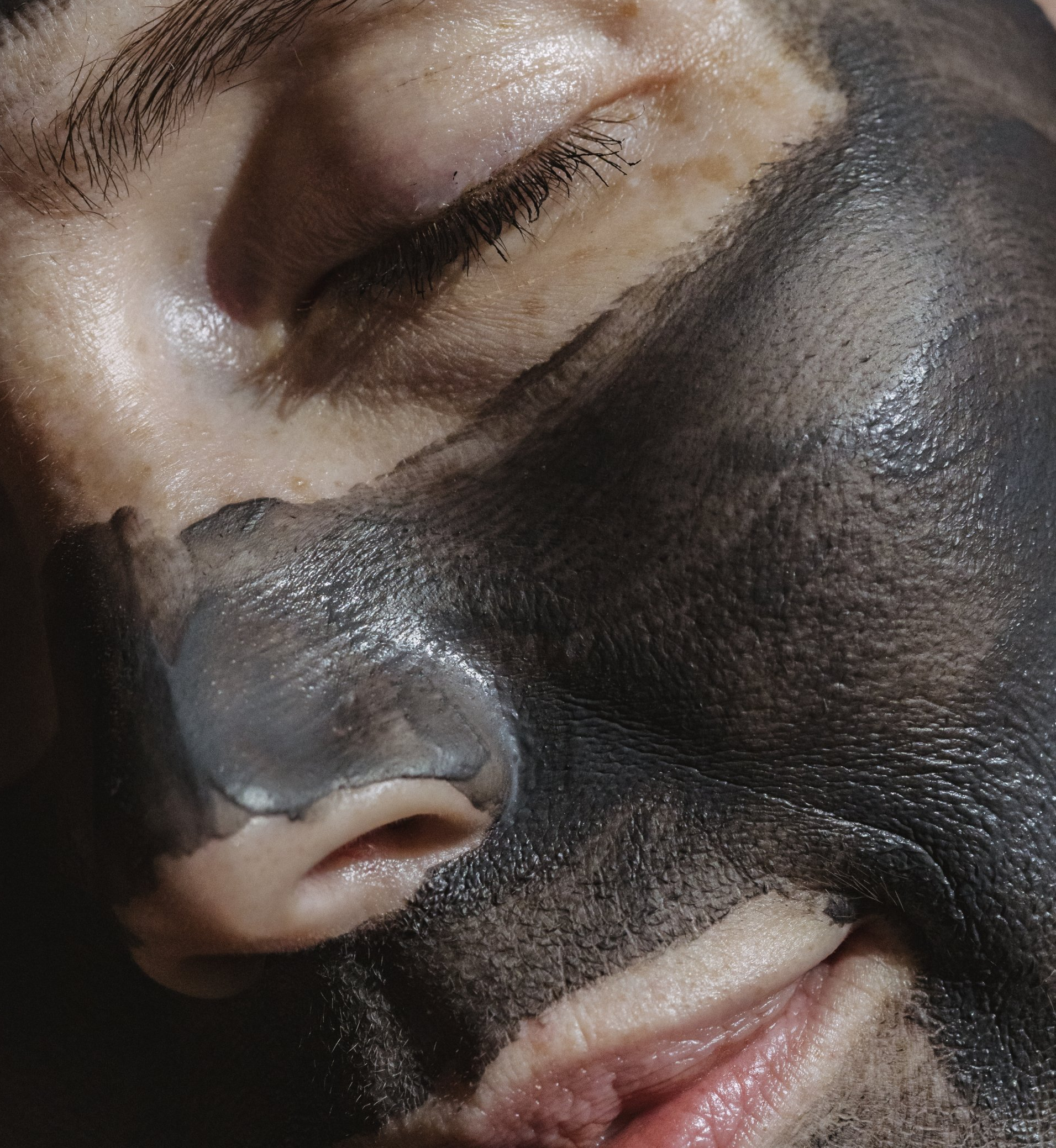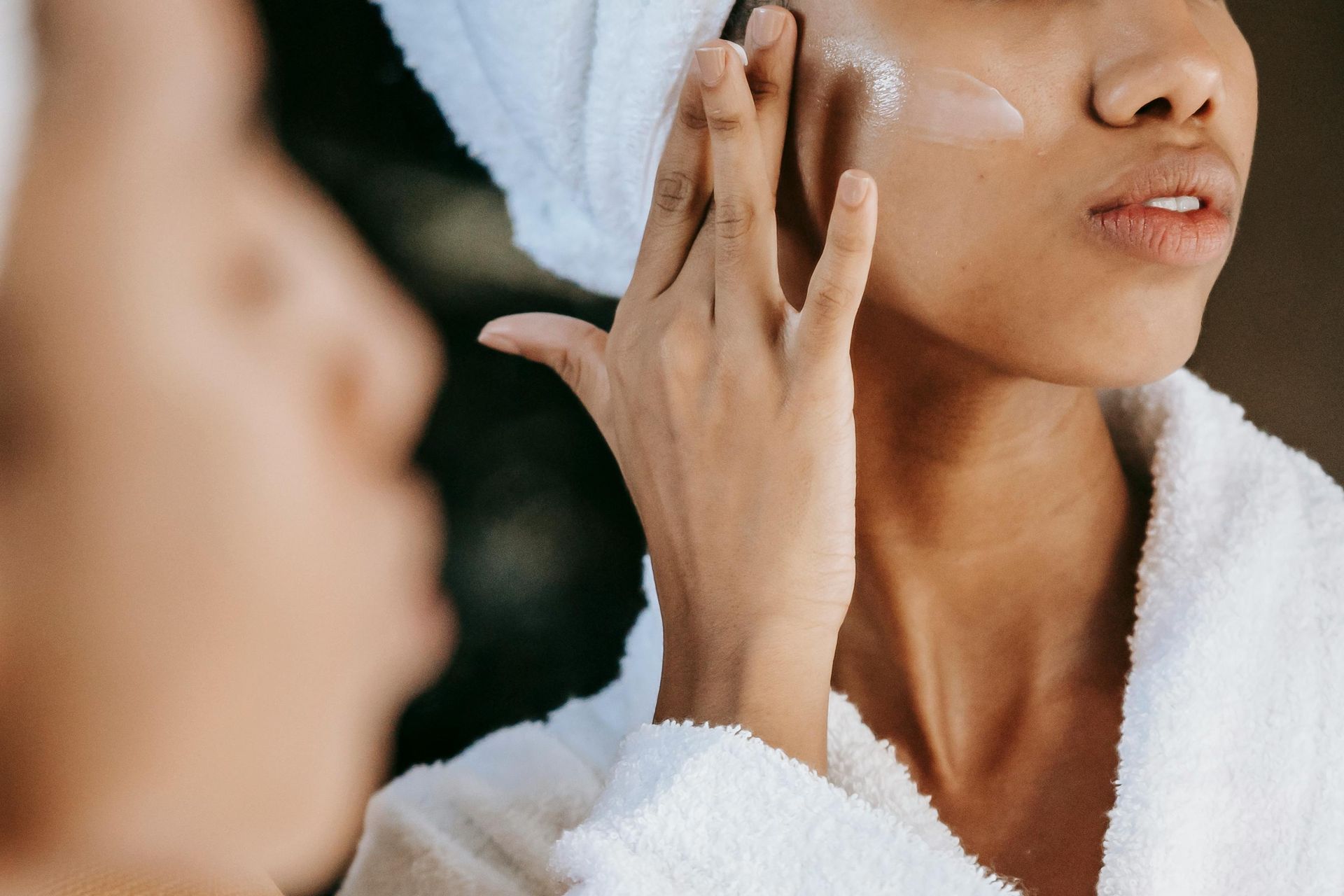Get Ready for Peel Season: Everything You Need to Know About Chemical Peels
We're approaching "peel season" -- the cooler months of fall and winter, when conditions are optimal for chemical peels. With less intense sun exposure and drier weather, it's the perfect time to rejuvenate your skin. Let's break down what chemical peels are, their benefits, and why now is the best season for them.
What Are Chemical Peels?
Chemical peels are professional treatments that use acidic solutions to exfoliate the skin and remove excess buildup of dead skin cells from its surface layers. Peels come in varying strengths:
- Light peels -- Work on the epidermis (outer layer) and are commonly performed in spas and skin clinics.
- Medium and deep peels -- Penetrate deeper into the skin, up to the dermis and are typically done in dermatologist offices, medical spas, or advanced skin clinics.
Regardless of strength, chemical peels resurface dead skin cells and support the skin's natural cell renewal factor (CRF), helping to maintain long-term skin health.
Benefits of Chemical Peels
When performed by a professional and paired with a good at-home skincare regimen, chemical peels deliver powerful results, including:
- More even skin tone
- Smoother texture and softened fine lines and wrinkles
- Enhanced product absorption
- Reduced acne, clogged pores, and hyperpigmentation
- Improved hydration and cell renewal
- Boosted collagen production
- Brighter, more radiant skin
Who Should Get a Chemical Peel?
Chemical peels are a great option for anyone seeking smoother, more luminous skin. However, a professional skin analysis is essential before treatment. Ideal candidates should also have:
- A healthy skin barrier
- Consistent daily sunscreen use
Contraindications to keep in mind:
- Recent surgeries, laser resurfacing chemical peels or dermabrasion
- Recent Botox or filler injections
- Active use of retinoids (must stop 3-7 days before a peel)
- Certain ingredient allergies
- Pregnancy (avoid salicylic acid and retinol, consult a physician)
- Herpes simplex (risk of triggering a flare-up)
- Strong hyperpigmentation tendencies with deeper peels
- Inflamed skin, sunburn, open sores, or active irritation
Why Fall and Winter Are the Best Seasons for Peels
Cooler months are ideal for chemical peels because your skin is less exposed to direct sun and heat, reducing the risk of post-treatment hyperpigmentation. Additional seasonal benefits include:
- Repairing summer sun damage
- Removing dry, dead skin caused by colder temperatures
- Allowing your skin to heal and rejuvenate with less environmental stress
Conclusion
Chemical peels are a safe and effective way to refresh your skin, boost radiance, and address common concerns like fine lines, acne, and uneven complexion. Fall and winter provide the perfect window for these treatments, allowing you to maximize results while minimizing risks.
At Gymno, we offer customized chemical peels tailored to your skin type and goals. We ensure your skin is properly assessed and prepped, so you achieve the healthiest, most radiant results possible.
Ready to glow this peel season?
Book a facial with us today and let's create a personalized treatment plan for your best skin yet.




